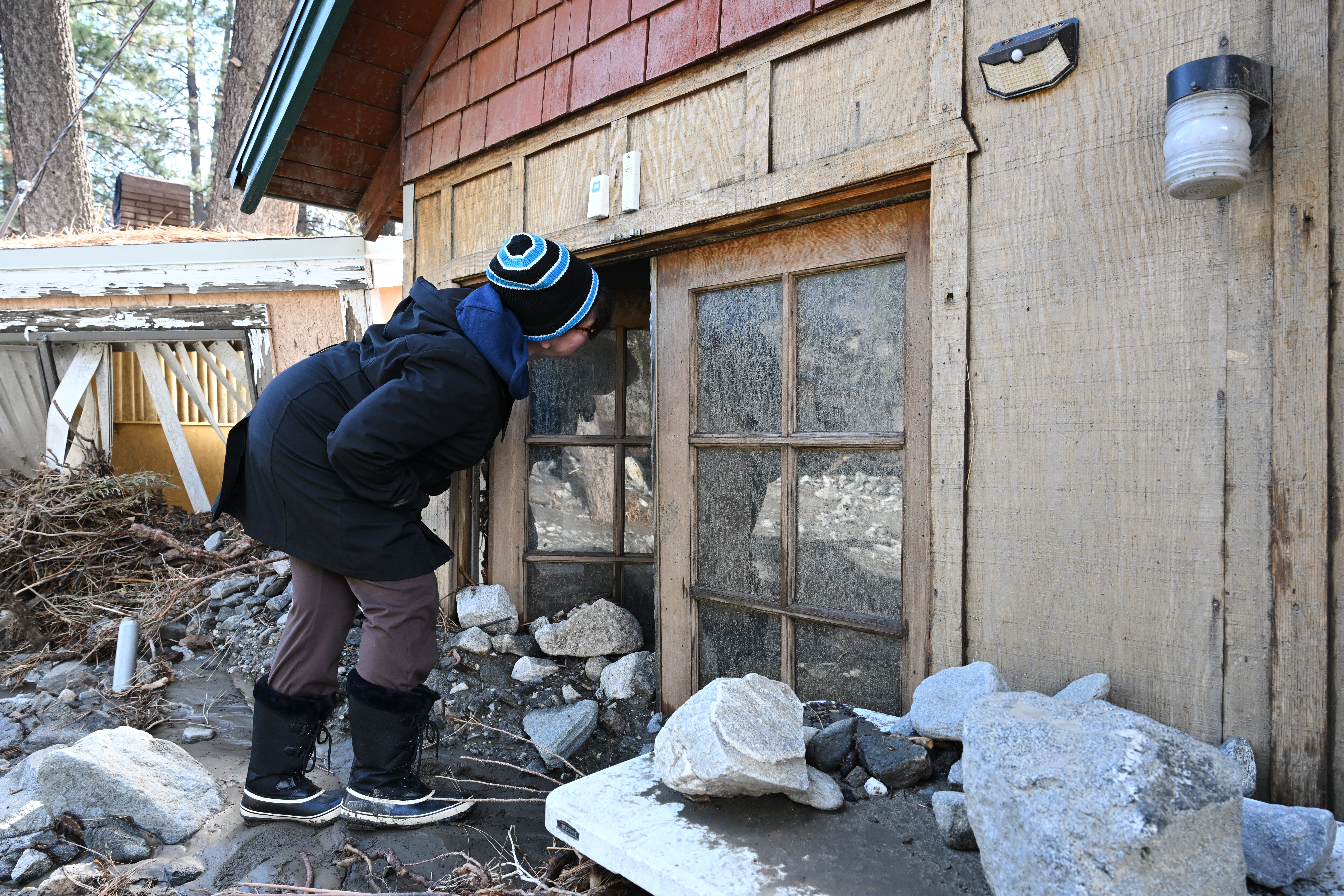Between record rainfall and storm surge, it could be some time before we know just how badly Florence flooded the East Coast. But we already know the floodwaters reached higher than they might once have, because the average sea level they start from is higher than it used to be.
Before then-Hurricane Florence made landfall, scientists crunched more than a century of historical ocean data for the Carolinas. They say water levels there are roughly half a foot higher now compared to 1900. It's a side effect of human-driven climate change.
That's making Florence and other recent storms worse. Climate experts say that same sea level rise contributed to the flooding from Sandy in New York City in 2012. They also say that floods like these are likely to get more common.
But knowing just how bad those floods might get is challenging. While scientists agree sea levels are rising, the data doesn't show exactly how much to expect. It can depend on how fast ice sheets melt, or how quickly greenhouse gas levels in the atmosphere change. Experts say the seas will creep up anywhere from 8 inches to 6 and a half feet by 2100.
And in North Carolina, there are rules that make predicting that climb even tougher. In 2012, the state passed a law that that limited how state agencies can use today's scientific consensus that seas are rising faster and faster. Any planning for the effects of sea level rise has to be based on "historic trends."
Since then, North Carolina has weathered four hurricanes, and the flooding hasn't stopped. Each of those storms — including Florence — has driven several feet of storm surge onto the state's coasts.
Additional reporting from Newsy affiliate CNN.




 North Carolina Has History With Deadly, Slow-Moving Storms
North Carolina Has History With Deadly, Slow-Moving Storms






